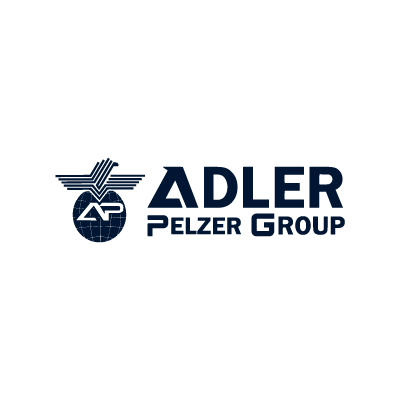
Austrian Grand Prix 30th June
The circuit
The Red Bull Ring holds the record for the fasted lap time in the current F1 calendar, though it is not the shortest track in terms of length. From lights out, the track immediately turns uphill and into a 90 degree bend at turn 1, then a steeper climb up to turns 2 and 3 with an elevation change of more than 60 metres. The rest is all downhill except for a small mound between turns 7 to 9, and hence the fast lap times. Braking is very important on this circuit, whether uphill or downhill, as there are many late-braking overtaking points, as well as difficult downhill braking turns that have the potential to put the drivers into the gravel traps if the line is taken incorrectly.
The view
Red Bull Ring has a compact layout set on the side of a hill which provides a splendid view of the track. A large portion of the track can be seen from many of the grandstands surrounding the tarmac, and together with the high-speed on-track action, the experience provides great entertainment. The best view in the house, however, is actually the media centre, situated above the main grandstand. Its floor-to-ceiling windows give an unobstructed view of the track.
Tyre selection
Soft, Supersoft and Ultrasoft – this line-up has become the “standard” for the Pirelli tyres in the 2018 season. Tyre wear at the Red Bull Ring is average, with the front left taking the heaviest load durinng the lap. It is important to get good traction in Austria, and drivers need to be mindful of flat spots during braking as there are a few hard-braking turns on this roller coaster circuit.




























































